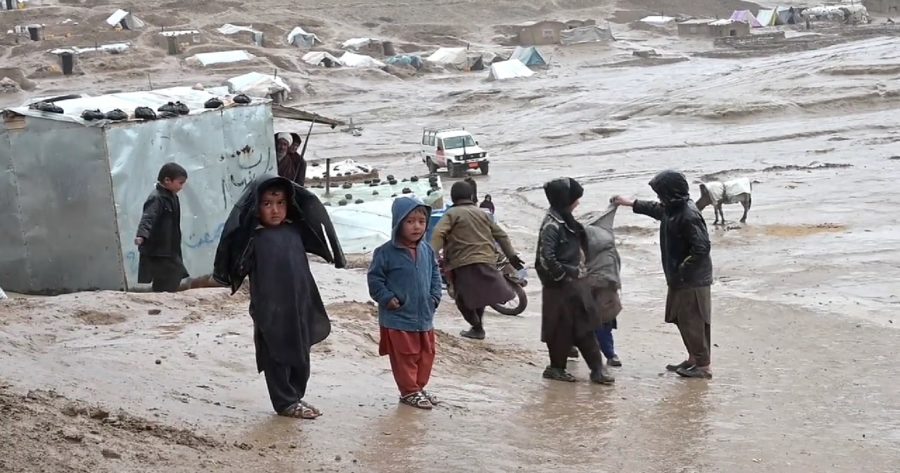1 Year Since Taliban Takeover, Afghans Are Paying A High Price For Peace
- Contributor
- Middle East
- Trending
- August 11, 2022

Neil Turner, the Norwegian Refugee Council’s Country Director, remarks on the one-year mark of the Taliban takeover of Afghanistan:
Joanna Nahorska
Mobile: +47 481 20 913 | + 32 474 160 470 | Twitter: @Joanna_Nahorska
Norwegian Refugee Council
www.nrc.no | Facebook | Twitter
“We have witnessed shocking levels of poverty and suffering in Afghanistan over the past year. The economic restrictions imposed on the country and the unwillingness of both the de facto authorities and the international community to effectively engage with one another have pushed millions of Afghans into despair.
“The families we meet are in crippling debt, facing an ever-increasing pressure on their household budgets. For a staggering number of people, money can no longer buy enough food to survive. Humanitarian efforts are not enough to put an end to the crisis. Frontline actors have done all in their power to provide emergency support to the affected populations and mitigate the situation.
“Yet one year on, Afghanistan stands at a precipice, with its people being punished for the Taliban’s takeover of the country. Despite repeated calls from humanitarian actors, nothing seems to have changed. Afghanistan’s foreign reserves remain frozen, the Afghan Central Bank is still not functional, and development assistance remains withdrawn.
“The international community must acknowledge the humanitarian impact of the economic measures imposed one year ago and step up to address the drivers of the crisis. Without a swift response to the current near economic collapse, including viable development assistance, support to key state infrastructure and fully funded emergency appeals, ordinary Afghans will continue to pay the highest price for the Taliban takeover of Afghanistan.”

According to the 2022 Humanitarian Needs Overview (HNO), 24.4 million people, over half of the country’s total population, are in need of humanitarian assistance, of which 10.9 million are in need of Emergency Shelter and Non-Food Items (ES/NFI) and 16.2 million are in need of protection assistance.
High levels of unemployment are also reported, particularly in urban areas, as many former government officials and public sector workers lost their jobs. In addition, earnings have fallen dramatically for 70% of workers. This is due at least in part to inconsistent salary payments.
90% of the population faces insufficient food consumption, while close to 90% of household income is spent on food on average, rising to 94% for female-headed households.
The latest Integrated Food Security Phase Classification indicates that 45% of the population in Afghanistan is facing high levels of acute food insecurity. This situation is despite substantial humanitarian food assistance (reaching 38% of the population) but has been declining since May due to funding constraints.
The REACH midyear assessment for Afghanistan indicates a worsening economic situation for Afghans, with households taking on more debt, primarily driven by the need to purchase food amidst rising food prices and shrinking incomes, even as they spend less each month.
The Mid-Year Assessment (REACH) 2022 shows that total monthly income decreased by 14% since 2021; both the proportion of households taking on debt AND the average amount of debt have increased, and it now stands at $650. The average monthly household income is $75, and the average expenditure is $95 (a net negative of $28).
Before August 2021, international assistance constituted around 75% of all public spending in the country. Since 15 August 2021, the Norwegian Refugee Council has assisted around 590,000 internally displaced people across 18 provinces in Afghanistan. The NRC supported over 80,000 people with winterization response in the six provinces of Afghanistan during the past year. Many live in areas that have recently become accessible after years of conflict.








